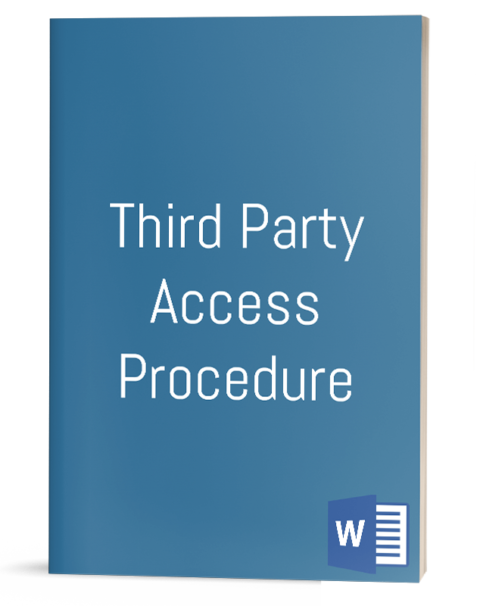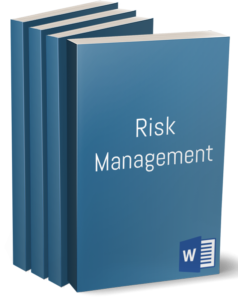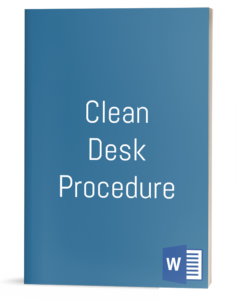
Third Party Access Procedure
The Third Party Access Procedure describes the security rules that must be followed at the Company in order to maintain the security of information processing facilities of Company accessed by third parties. These standards are designed to minimize the potential exposure to Company from damages that may result from unauthorized use of the Company resources. Damages include the loss of sensitive or Company confidential data, intellectual property, damage to public image, damage to critical Company internal systems, etc.
CONTENT
1. OVERVIEW
1.1 PROCEDURE OWNER
1.2 CLASSIFICATION
1.3 APPLICABLE REGULATIONS
1.4 RELATED [COMPANY] NORMS AND PROCEDURES
1.5 OBJECTIVES
1.6 AUDIENCE AND SCOPE
1.7 DOCUMENT SUPPORT
2. DEFINITIONS & ABBREVIATIONS
3. REQUIREMENTS
3.1 GENERAL REQUIREMENTS
3.2 THIRD PARTY AGREEMENT SECURITY REQUIREMENTS
3.3 HARDWARE AND SOFTWARE INSTALLATION AND MAINTENANCE
3.4 GRANTING ACCESS TO THE COMPANY’S SYSTEMS AND DATA
4. ROLES AND RESPONSIBILITIES
4.1 THIRD PARTY
4.2 DEPARTMENT MANAGER
4.3 TECHNICAL STAFF IN-CHARGE WITH THE ACCOUNTS MANAGEMENT
4.4 INFORMATION SECURITY SECTOR
5. EXCEPTIONS
6. FINAL CONSIDERATIONS
6.1 DISCIPLINARY ACTIONS AGAINST PROCEDURE VIOLATION
6.2 DOCUMENT REVISION
7. APPENDIX A – AGREEMENT TO COMPLY WITH INFORMATION SECURITY POLICIES
Pages: 10
Related Products:
Risk Management Bundle
€799.99
This bundle contains all the products listed in the Risk Management section. Take advantage of the 25% OFF when buying the bundle!
Risk Management Bundle
€799.99
This bundle contains all the products listed in the Risk Management section. Take advantage of the 25% OFF when buying the bundle!
Antivirus Policy
€49.99
The Antivirus Policy was developed by the Company in order define the antivirus policy on every computer or server including how often a virus scan is done, how often updates are done, what programs will be used to detect, prevent, and remove malware programs.
Antivirus Policy
€49.99
The Antivirus Policy was developed by the Company in order define the antivirus policy on every computer or server including how often a virus scan is done, how often updates are done, what programs will be used to detect, prevent, and remove malware programs.
Clean Desk Procedure
€49.99
The Clean Desk Procedure was developed by the Company in order to protect classified information, company's goods and employees’ personal goods, as well as to reduce the risk of fire, incidental floods or any other damaging events.
Clean Desk Procedure
€49.99
The Clean Desk Procedure was developed by the Company in order to protect classified information, company's goods and employees’ personal goods, as well as to reduce the risk of fire, incidental floods or any other damaging events.



Review Third Party Access Procedure.
You must be logged in to post a review.